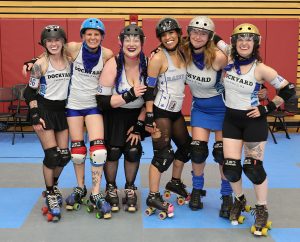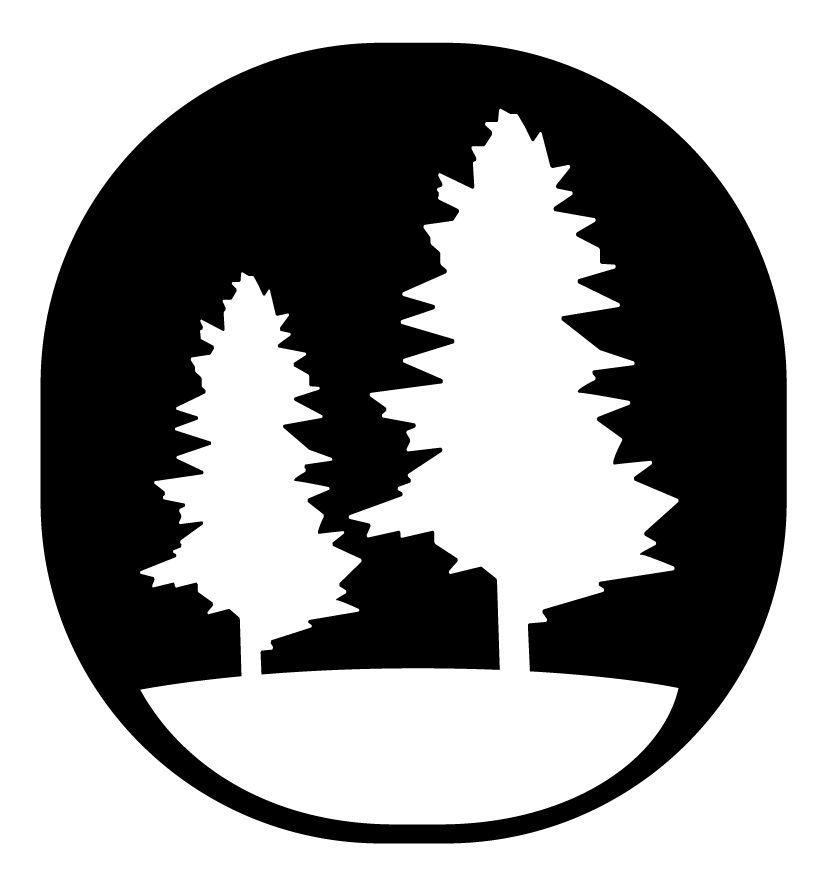Dockyard Roller Derby is a staple of the Tacoma roller derby scene, contributing to the sport’s growth in the region and offering a strong presence in both competitive and community-driven aspects of roller derby. Their success and longevity make them one of the standout derby leagues in the Pacific Northwest.
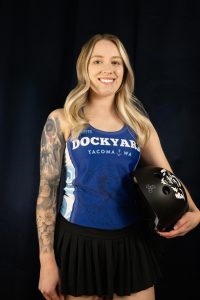
“I love the challenge and the workout I get from roller derby. Personal growth as well as the community keeps me motivated to skate.” – Grim Lynn
Modern roller derby emerged this century from the theatrical version from the 1960s to the late ’90s. The most popular version of the sport now is played with traditional quad skates on a flat track, which can be set up in a gymnasium, arena, parking lot, or almost any flat surface. The action isn’t staged — roller derby today is a real sport with rules, strategies, athleticism, and injuries.
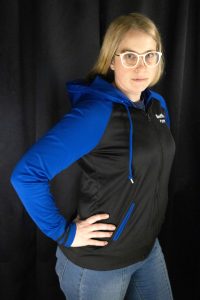
“Washington Flat Track Derby Association governs our league. They set the rules and league requirements. WFTDA has been very outspoken about President Trump’s policies.” – Throttle, Dockyard Roller Derby Board President
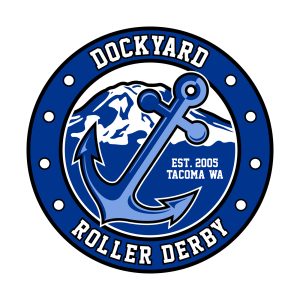
About Dockyard Roller Derby
Dockyard Roller Derby, or commonly referred to as Dockyard or DRD, is Tacoma’s original roller derby league. Founded in 2005 as Dockyard Derby Dames, then rebranded in 2024 as Dockyard Roller Derby, specifically to eliminate the female sexualization of the brand and to promote inclusivity within the community. DRD is one of the oldest and most established roller derby leagues in the South Sound.
League Teams & Structure
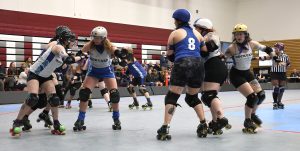
“Oh, the big kids play rough, holy crap. I got some bruises.” – Elektra Cuter
Dockyard Roller Derby has multiple teams:
– New Skater Program: Entry point for new skaters.
– C Level Team, Tidepool: Newcomers and able to participate in scrimmages.
– B Level Team, Undertow: Intermediate skaters competing in bouts.
– A Level Team, Wave of Mutilation: The most experienced, competing in regional and WFTDA-sanctioned bouts.
Basics of Roller Derby
Roller derby is a strategic team sport, with various roles, including jammers and blockers.
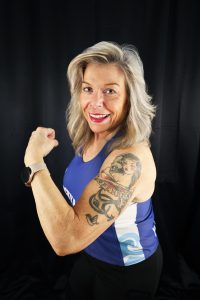
“I study the other skaters before a bout. I watch how they move; I see who is stronger on their feet.” – Penny Tration
A roller derby bout is a 60-minute game divided into two 30-minute periods. Each period is further broken down into two-minute “jams”. During a jam, each team fields five skaters: one jammer and four blockers. Blockers try to prevent the opposing jammer from passing through their pack. The jammers score points by lapping opposing blockers.
“I have really found that I love being a jammer and I did not think that was really an option for me. I’m 45 and really tall, 5’11.” – Elektra Cuter
The jammer scores one point for each opposing blocker they lap. There are penalties for illegal blocking, contact, and other rules violations. Teams are allowed three one-minute timeouts per game. If the score is tied at the end of the game, an overtime jam is played to determine the winner.
“I think it’s a physical game as well as a mental game. We train, we practice, we put ourselves out there.” – Bones
Community & Culture
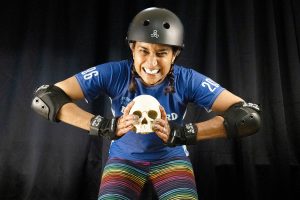
“I think it’s important to support trans athletes along with all our athletes. Different sizes and shapes to skin color and culture as well as trans and all the LGBTQ plus community.” – Bones
Pop culture paints a very aggressive picture of roller derby. Movies like ‘Whip It’ and ‘Blood on the Flat Track’ tend to sexualize the sport and highlight grudge matches between leagues with punches thrown, clotheslining and tripping other skaters. Sensationalizing split lips, black eyes and teeth knocked out while affirming the underground past of the sport that wants to be recognized as legitimate. While there may be plenty of injuries, they do not happen as an act of aggression from the opposing team. DRD, as well as other leagues, insist on a skater program that teaches skaters how to keep themselves safe with the correct gear, as well as correct ways to block and how to fall to lessen the chance of injury. DRD insists on teaching safe falling, blocking, and injury prevention. Fostering an accessible, empowering, positive environment for all the skaters is the foundation of the league and DRD is known for their vibrant, community-focused atmosphere. They host local bouts, fundraisers and events that bring the community together. The league also focuses on fostering a positive, empowering environment for skaters, fans, and volunteers alike.
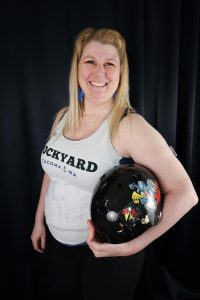
“I’m also a type one diabetic and that’s probably the biggest struggle. I have to wear an insulin pump. I wear a thing over it, so it doesn’t get ripped off.” – Red Bulldozer
Commitment to Gender Inclusion
DRD emphasizes inclusivity, empowering women and non-binary individuals through the sport of roller derby. They welcome skaters of all experience levels and focus on providing opportunities for athletic development, as well as personal growth. DRD is committed to the inclusion of gender expansive individuals in accordance with WFTDA’s gender policy. The league works actively to make the Dockyard community a safer place for all our teammates, spectators and volunteers.
“I was really happy to find out that there were trans skaters on the team because that shows that they’re not just saying it, they’re doing it too.” – Elektra Cuter
Concerns, Injuries & Drama
Roller derby in general, has occasionally faced controversies related to player safety, the physicality of the sport, and its inclusion in youth-focused events. While many fans and participants advocate for the sport’s empowerment and inclusivity, critics sometimes raise concerns about the rough and aggressive nature of the game.
“Falling makes you better. It might take a while but eventually it will click, be patient and do not get discouraged!” – Grim Lynn
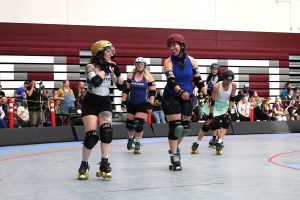
Displacement & History
“In the 70s, it was all about Tacoma RollerWorld. Now it’s a Nissan dealership. They even have the original wood floor. I hate that so much. We [DRD] practiced at Skateworld forever. It was crazy, like, one minute we’re practicing and the next, uh, we’re closing in two weeks.” – Penny Tration
In 2022 Dockyard Roller Derby, among many other roller-skating teams and roller derby leagues, lost the only skating rink in a 50-mile radius. Skateworld, Tacoma’s longest standing skate rink, sold its lease and the teams and leagues were asked to leave. This was devastating to all the skaters in Pierce County. For months Dockyard Roller Derby didn’t have a space to practice, scrimmage or to plan bouts with other leagues in the state and country. While still available to travel to a bout, the league was not able to practice, or to host.
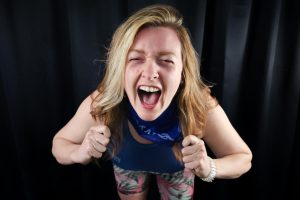
“It’s been pretty devastating,” Co-owner Christina Stang said. “Almost every day of the week we had some sort of sports team that’s in there renting our space, using it to grow another community asset.”
The news of this closure brought a sense of loss to families and patrons who often drove out of their way to come to Skateworld for birthday parties, weekly skate nights, roller derby, roller hockey and classes.
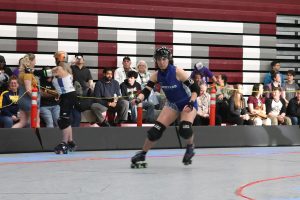
“We struggled for a good portion of 2024 and have nicely come to be able to skate at the Tacoma Armory with the help of Tomorrowland Junior Roller Derby, and Chris Cooley, the head of that organization. But it’s no guarantee. The lease may not be renewed and cycles every six months.” – Bones
Getting Started
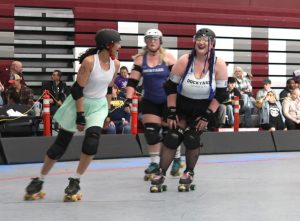
Getting started with roller derby can be an exciting and empowering journey! Whether you’re interested in skating recreationally or joining a competitive league, here’s a step-by-step guide to help you jump into the world of roller derby:
Find a League: Look for roller derby leagues in your area. Some of the well-known leagues are governed by the WFTDA (Women’s Flat Track Derby Association) or MRDA (Men’s Roller Derby Association).
Beginner Programs: Many leagues offer New Skater programs that teach the fundamentals of roller derby, from skating techniques to game rules. These programs are designed for newcomers, so you don’t need to be an experienced skater to start.
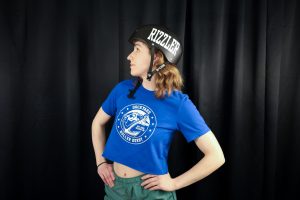
“I think it’s just reminding yourself too, that like, there’s at least one other person who’s just as afraid of it as you are.” Rizzler
Skate shops are great places and have staff that can help you pick out the best skates and gear for roller derby. You’ll need quad skates, a helmet, strong and sturdy knee pads, elbow pads and wrist guards, and finally a mouth-guard.
Above all, roller derby is about fun, teamwork, and personal growth. It’s a challenging sport, but it’s also incredibly rewarding. Celebrate your progress, enjoy the community, and don’t get discouraged by setbacks—everyone falls (literally and figuratively) along the way!
Starting roller derby may take time, patience, and dedication, but it’s an incredibly rewarding experience. Whether you’re aiming for competition or just enjoying the sport recreationally, roller derby provides a unique way to challenge yourself, build confidence, and be part of a supportive, empowering community.
“You kind of find roller derby when you need it the most. So, it doesn’t hurt to try it out. Have the courage and confidence to do it. You know, it’s not for everyone, but you never know if you don’t try.” Bones
